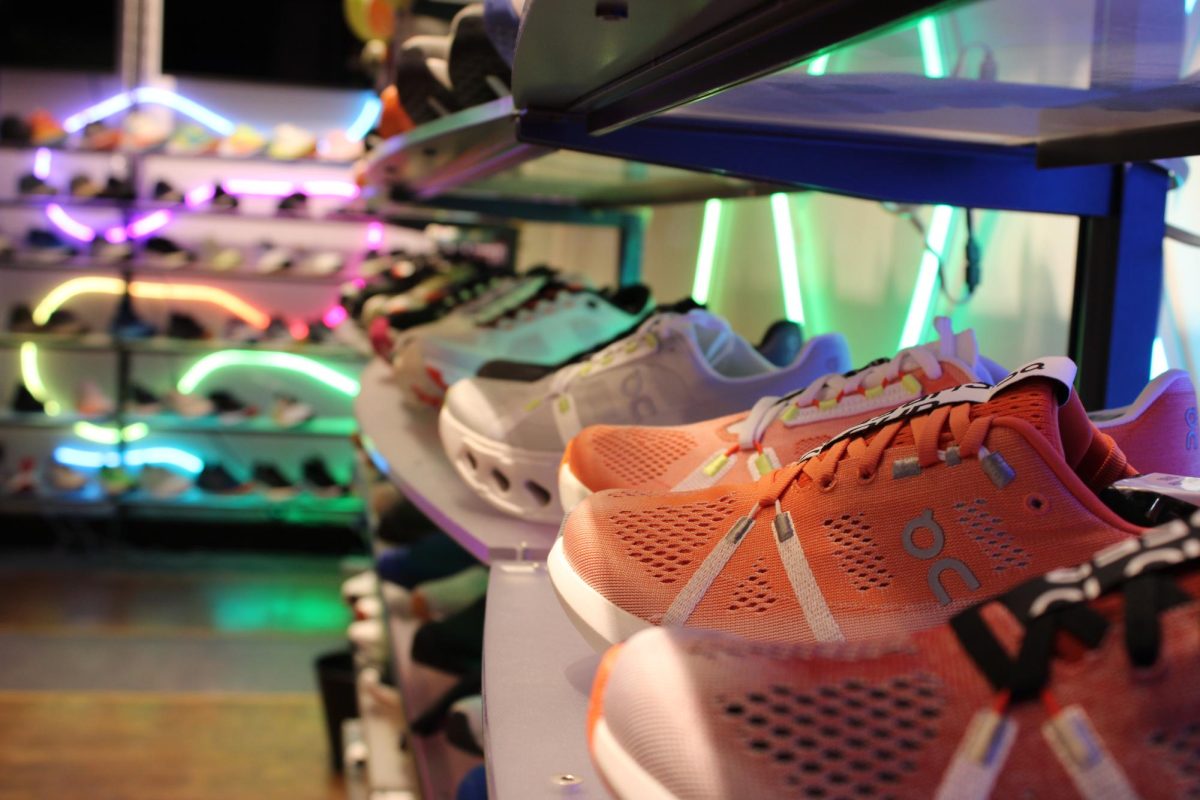Middle school dress codes hypersexualize girls of color
November 9, 2018
Dress codes: the systematic way to force — I mean ‘teach’ — girls modesty. Sarcasm intended. I think a lot of girls can agree with me when I roll my eyes about this topic. According to Merriam Webster, dress codes are “formally or socially imposed standards of dress.
The number of times I’ve been dress coded for the excuse that my outfit was inappropriate, so that boys could have a ‘distraction free’ education zone, is ridiculous. One day in 7th grade, I was wearing a dress. I was stopped by my principal and lectured for the amount of skin I was showing. As she was scolding me about how I should have some self respect, a white girl walked past us wearing the exact same dress. When I asked why I was stopped and she wasn’t, my principal responded, “black girls have more body than any other race.”
ETHS sophomore Nayhaly Williams spoke about her experiences with the dress code at Nichols Middle School.
“The teachers think that the way you dress makes boys uncomfortable. A teacher asked me how the boys were treating me, then proceeded to say it was because of what I was wearing. They even held me in the office for a long amount of time, making me miss out on a lot of class work,” Williams said. She also noted that while she’s seen all types of girls getting dress coded, it’s mainly black and Latina girls.
It’s an unspoken fact that dress codes are more lenient on boys while they target girls. Sophomore Sebastien Gordon spoke about his experiences with the dress code. I wasn’t surprised with his answers.
It never impacted me, I guess,” he stated. “At Nichols, a teacher never cared what I wore unless it was cold outside and I wore shorts or something. I saw girls getting dress coded all the time, but never boys. And if a guy was getting dress coded, it was for wearing a hat or a hoodie.”
Similarly to how dress codes are used as a means of racial discrimination, in the past, enforcers have disproportionately targeted students wearing religious clothing. Ifrah Jama, a Muslim middle school student in Salt Lake City, Utah was told that she was violating dress code rules because she was wearing too much clothing.
“My PE teacher wouldn’t let me wear a skirt or dress in class because it didn’t follow the gym requirement. Looking back, I really wish I didn’t listen to him because by following the PE requirements, I had to break my religious rules,” she explained in an interview with the National Education Association.
Schools policing students of color isn’t just a national trend. A young girl in a Port Elizabeth, South Africa was not allowed to take her exams because of her afro. According to Elite Daily, the high school’s hair committee wanted black girls to tie up their natural hair to make them more ‘beautiful’
At ETHS, we have the privilege of not wearing uniforms or having a strict dress code. Because of this, we’re letting students, (especially young girls, who statistically lack self confidence in their high school years), find body confidence and express themselves through clothing. In most schools, including Evanston middle schools, young girls aren’t as fortunate. They are told that their bodies are objects that distract men when they are pulled out of class because what they were wearing was deemed ‘inappropriate.’
Pulling a girl out of class to make her change into her gym clothes because you don’t like what they wear is outrageous. You’re denying her a freedom of expression and passing down the message that a boy’s education is more important than hers.
“I wasn’t able to wear the things I wanted to wear, and I wasn’t allowed to express myself,” former Haven middle school student Alana Stone said. “I’m Jamacian, so most of my friends who didn’t look like me, were able to wear some clothes that I wasn’t, and it just wasn’t fair.”
Due to a recent change in the ETHS dress code policy, young girls have more freedom to express themselves and be comfortable through their clothing choices.









